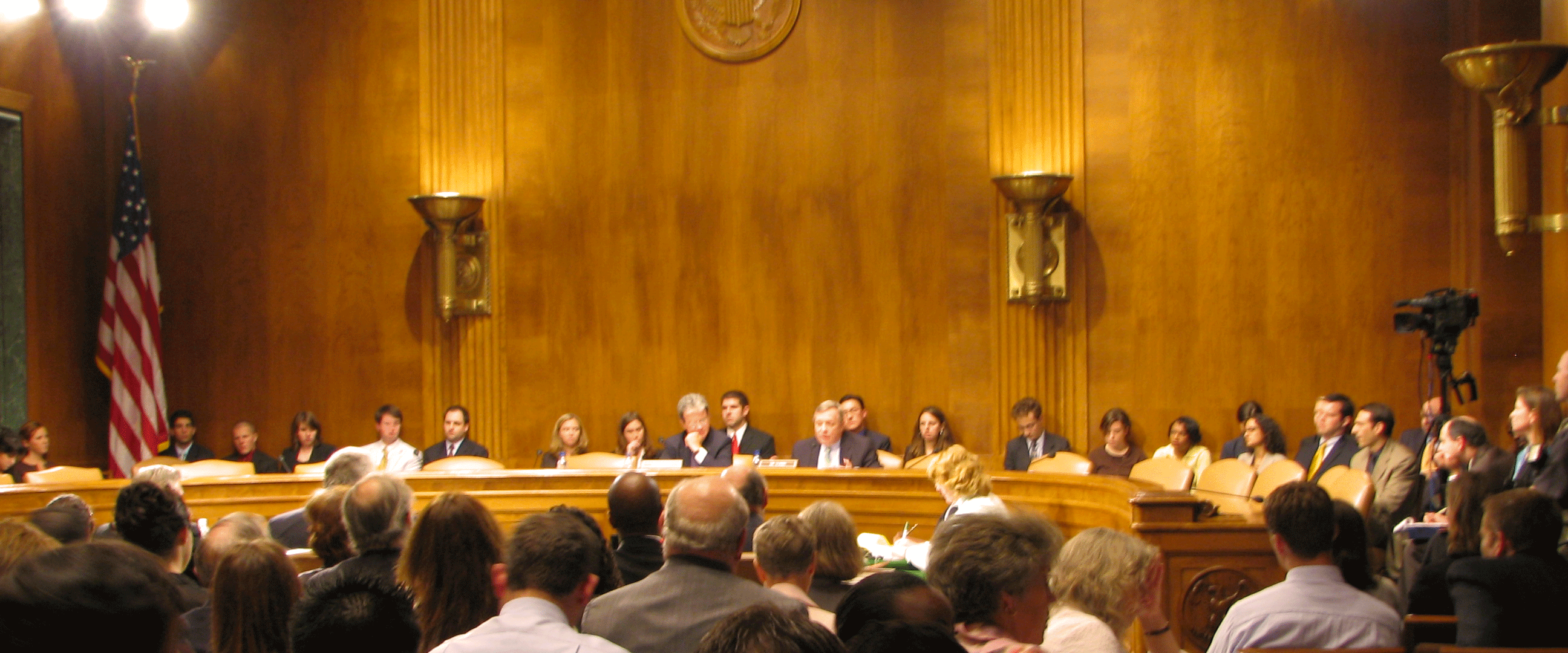Community Engagement Incarceration Trends July 12, 2017
As the project director of Charleston County’s Criminal Justice Coordinating Council (CJCC), I know firsthand the challenges counties face in improving their criminal justice systems and changing jail use. I also know the opportunities CJCCs present in building coalitions of government and community leaders to tackle these problems head-on. Thanks to our involvement in the Safety and Justice Challenge (SJC), Charleston’s CJCC is a success story—and an example—on building and maintaining momentum for reform.
In 2010, Charleston County completed the third expansion of the Sheriff Al Cannon Detention Center (SACDC) at a cost of $100 million. Many taxpayers barely blinked.
Prior to construction, the jail was originally rated for 661 people—yet it housed nearly 2,000. Severe overcrowding and unsafe conditions documented by local reporters were rampant, and construction of a new jail was imperative. In 2010, the SACDC became the largest jail in South Carolina with a rated capacity of 1,917 and infrastructure built in to grow if needed.
While the new jail greatly improved conditions, many of the same underlying challenges that contributed to overcrowding in the first place remained—such as high rates of recidivism, lack of adequate information to accurately assess risk at bond hearings, high caseloads, and too few options other than jail. Business as usual resumed as the urgency of the overcrowding crisis went away.
When the Challenge launched in 2015, criminal justice leaders in Charleston came together to finally tackle these underlying issues head-on. To do this, learning from past experiences was essential. For example:
- Many good programs failed to survive after time-limited funding ran out. Sustainability of the effort had to be a focus from the start.
- Finding ways to mitigate our data challenges had to be a critical area of focus in order to study the systemic challenges and address issues driving jail use.
- Collaborations fade when the sense of urgency goes away. It was going to take an actively functioning, sustained group of leaders and staff from across the system working together and specifically dedicated to the effort in order to address pervasive and enduring system issues.
As a result, system leaders and community representatives in Charleston came together, structured, and activated a Criminal Justice Coordinating Council (CJCC). With support from the Challenge, we invested in one employee and in building a base for system-level data capacity. The CJCC used those resources and the technical assistance provided by the Challenge to critically assess the system, understand what was happening at key decision points, and find ways to address the underlying and pervasive systemic challenges that building a bigger jail could not solve.
Two years later, with a “whatever it takes” mindset, the CJCC’s journey continues to advance the importance of rethinking jail use and lowering disparate impact on communities of color and the poor. Some essential highlights include the following:
- expanding CJCC membership to include a large and diverse group of system leaders and community members;
- establishing a defined vision, mission, guiding principles, and clearly chartered set of responsibilities;
- drawing on the collective expertise of system leaders and community members to find common ground in discussions of data findings and lived experiences, to determine priorities and focus strategies accordingly;
- building from the ground up six reform strategies, including a centralized database to pull together and analyze data from 12 different data systems for ongoing analysis and feedback, to guide implementation efforts toward desired outcomes; and
- growing a presence in the community through community partnerships, speaking engagements, print, social and news media, and commitment to transparency with open meetings and regular reporting.
Thanks to the Safety and Justice Challenge, in a state were CJCCs are not common, Charleston’s CJCC is thriving and actively implementing comprehensive reforms that rethink jail use and help to improve the local criminal justice system. While we know we have our work cut out for us in the years to come, we remain grateful for the Challenge and excited about the possibilities.













